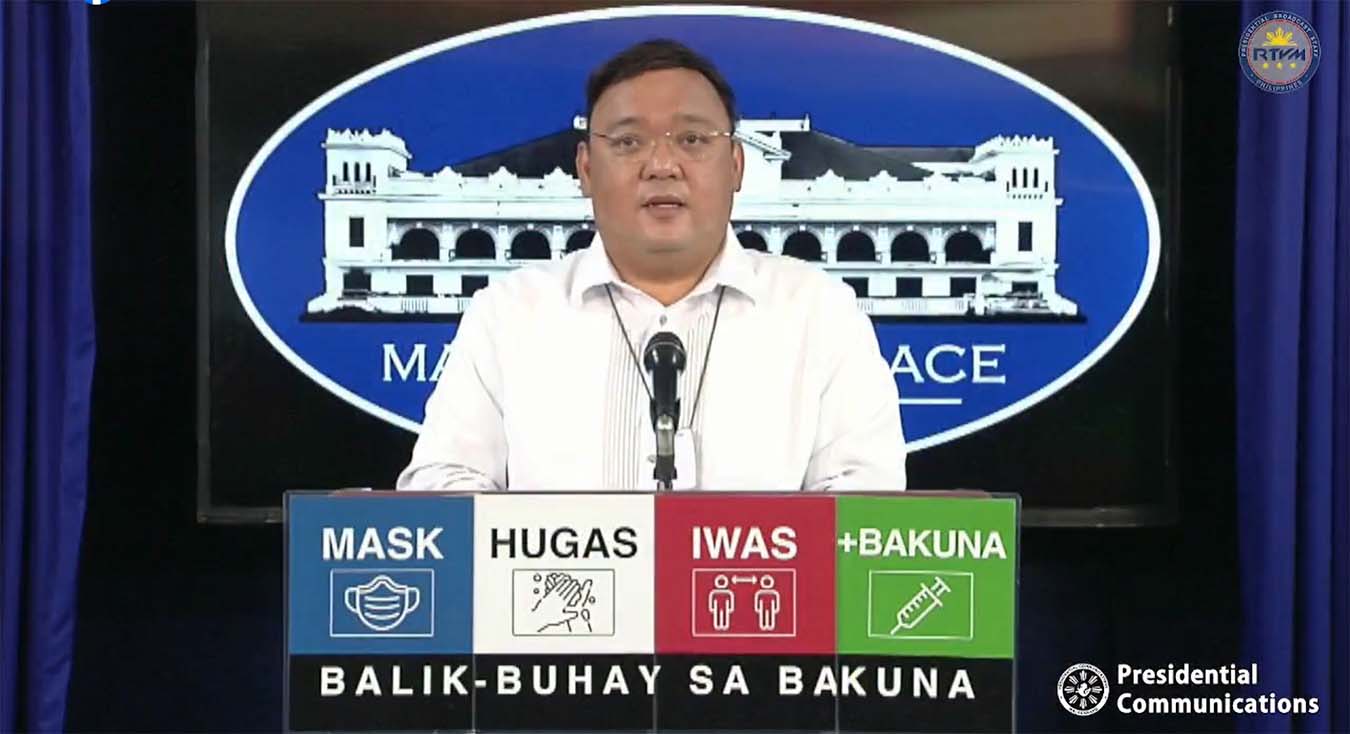
Families and individuals affected by the recent Enhanced Community Quarantine (ECQ) classification will soon be able to receive assistance from the national government through the Assistance to Individuals in Crisis Situations program of the Department of Social Welfare and Development.
Presidential Spokesperson Secretary Harry Roque Jr made this announcement at the press briefing today, July 29, 2021, adding that each individual in ECQ-affected areas will receive P1,000 each or as much as P4,000 per family.
“Uulitin ko po, nandiyan na po ang assistance na sinabi ng Pangulo na kinakailangan ibigay pag tayo po ay nag ECQ,” said Secretary Roque. “Ang pondo po ay dina-download na po sa mga lokal na pamahalaan ng Iloilo province, Iloilo City, Cagayan de Oro City, at Gingoog City,” Sec. Roque said.
The said four areas mentioned by the Palace official were retained under ECQ from August 1 to 7, 2021 per the latest recommendation of the Inter-Agency Task Force (IATF), which was approved last night by President Rodrigo Roa Duterte.
The process by which the IATF escalates or de-escalates areas was explained in the same press briefing by Dr. Alethea de Guzman, Director of the Department of Health (DOH) Epidemiology Bureau. Dr. De Guzman explained that among the criteria being considered for escalation is the healthcare utilization rate, including the percentage of dedicated COVID-19 beds, to determine if an area is in critical, high, or moderate risk.
Meanwhile, for de-escalation of community quarantine classification, Dr. De Guzman said that there are several factors that are being considered including case transmission – the average daily attack rate and two-week growth rate, among other considerations such as an area’s socio-economic risk and community transmission.
The following gatekeeping indicators are also being considered with regard to de-escalation, said Dr. De Guzman: surveillance capacity, Barangay Health Emergency Response Teams (BHERTs) to population [ratio], contact tracing, active tracing, isolation capacity, testing capacity, and referral mechanism.
With regard to the National Capital Region’s ICU beds utilization rate, Dr. De Guzman reported that as of July 27, 2021 Metro Manila has a 46 percent ICU utilization rate and a 42 percent COVID-19 beds utilization rate, which were up by 80 percent and 68 percent, respectively on April 2, 2021.
Meanwhile, on vaccination updates, Sec. Roque announced that the Philippines has surpassed its 500,000 daily jab target in the last two days. “Naka-659,029 jabs tayo noong Martes, July 27, at 534,612, kahapon, July 28,” Roque said
Roque added that as of July 28, 2021 data from the National COVID-19 Vaccination Dashboard, a total of 18,709,017 doses have been administered nationwide, with 7, 227,312 individuals now fully vaccinated.
The concurrent IATF spokesperson also mentioned the arrival of 1.5 million doses of the Sinovac vaccine earlier today, and the expected delivery of one million more doses of Sinovac tomorrow, July 30, 2021.
Also in the same press briefing, Dr. Nina Gloriani of the Department of Science and Technology Vaccine Expert Panel explained that shortening the period for administering the second dose of a vaccine from 28 days to 14 days, particularly for Sinovac, will result in lower antibody responses. Dr. Gloriani added that while the eight weeks interval for the first and second dose for Sinovac is within the recommended one to three months or four to 12 weeks, she said that only a few develop antibodies within a shorter interval as compared to 28 days.
Gloriani further explained that according to recent data, for most of the vaccines, a longer interval of administration will result in higher antibody levels. Because of this, she recommends that it will be best not to shorten the interval period because while the antibody levels may increase, it will also immediately decrease, which she said is not good for the long-term. ###

